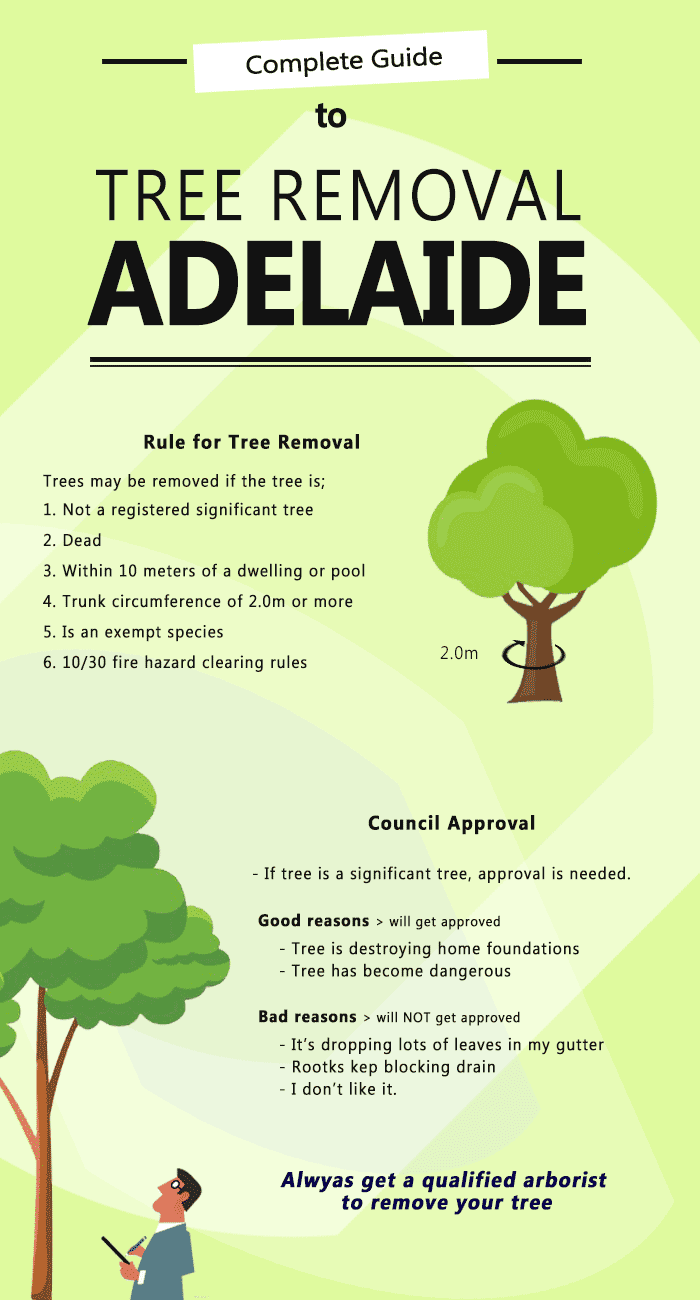Evaluating The Practicality Of Trees: Establishing When Removal Is Vital
Evaluating The Practicality Of Trees: Establishing When Removal Is Vital
Blog Article
Web Content Writer-McCollum Stryhn
If you've ever wondered about the fate of the trees on your building, comprehending when it's time for removal is essential. But exactly how do you establish if a tree can be conserved or if removal is the only option? By searching for certain signs and examining safety and security risks, you can make enlightened decisions that benefit both your landscape and your environments. Allow's discover the crucial variables that enter play when deciding the destiny of a tree and how you can ensure the very best end result for your environment-friendly companions.
Indications of Tree Decrease
If you observe any one of the adhering to signs of tree decrease in your yard, it might be time to take into consideration tree elimination.
One common indicator is dead or rotting branches, which can suggest underlying issues influencing the tree's health. Look out for stained or wilted fallen leaves that persist despite having appropriate care, as this could be an indicator of condition or parasites.
An additional warning signal is excessive leaning or a visible shift in the tree's base, which might suggest root problems or architectural instability. Keep an eye out for fungal growth on the trunk or origins, as this can indicate rot and jeopardize the tree's security.
In addition, if you observe huge splits in the trunk or major arm or legs, it's important to deal with these issues promptly to stop potential risks. Dealing with these indicators of tree decline promptly can help preserve the security and looks of your backyard atmosphere.
Security Problems
To make certain the well-being of your home and those around you, prioritizing safety and security worries related to trees is paramount. Trees can posture different safety and security dangers if not effectively preserved. Dead or worn out branches might drop suddenly, endangering people or harmful structures.
Leaning trees can likewise be harmful, specifically if they're leaning towards a building or high-voltage line. Furthermore, how to become certified arborist with comprehensive root systems near structures or underground energies can cause significant damage in time.
It's critical to regularly inspect your trees for any kind of indications of potential risk. Keep an eye out for cracks in the trunk, large dental caries, or indicators of illness and degeneration. If you discover any of these issues, it's ideal to talk to an expert arborist to assess the circumstance and determine the essential strategy.
Taking positive steps to address safety problems promptly can protect against mishaps and home damage in the future. Keep in mind, the safety of your building and those around you must constantly be the top priority when it concerns tree maintenance.
Consulting an Arborist
When thinking about the health and safety of your trees, seeking advice from an arborist is a vital action. Arborists are trained professionals who focus on the care and upkeep of trees. They can analyze the overall wellness of your trees, determine any kind of problems such as illness or architectural issues, and supply professional recommendations on the very best strategy.
By speaking with an arborist, you can receive useful insights into the problem of your trees and determine whether removal is essential. Arborists have the understanding and experience to review the dangers related to keeping a tree versus removing it. visit the site can likewise offer support on alternate options, such as trimming, cabling, or supporting, to aid protect the tree whenever feasible.
Furthermore, arborists can assist you browse any kind of local guidelines or permits that may be needed for tree elimination. Their competence can make sure that the process is executed securely and in compliance with any applicable legislations.
Conclusion
To conclude, when establishing whether trees can be conserved or if removal is needed, it is necessary to take into consideration indications of decrease and security issues. Consulting an arborist for a thorough assessment is crucial in making the best choice for the tree's health and wellness and possible threats. Bear in mind, proactive care and timely activity can aid preserve trees and protect against accidents.
